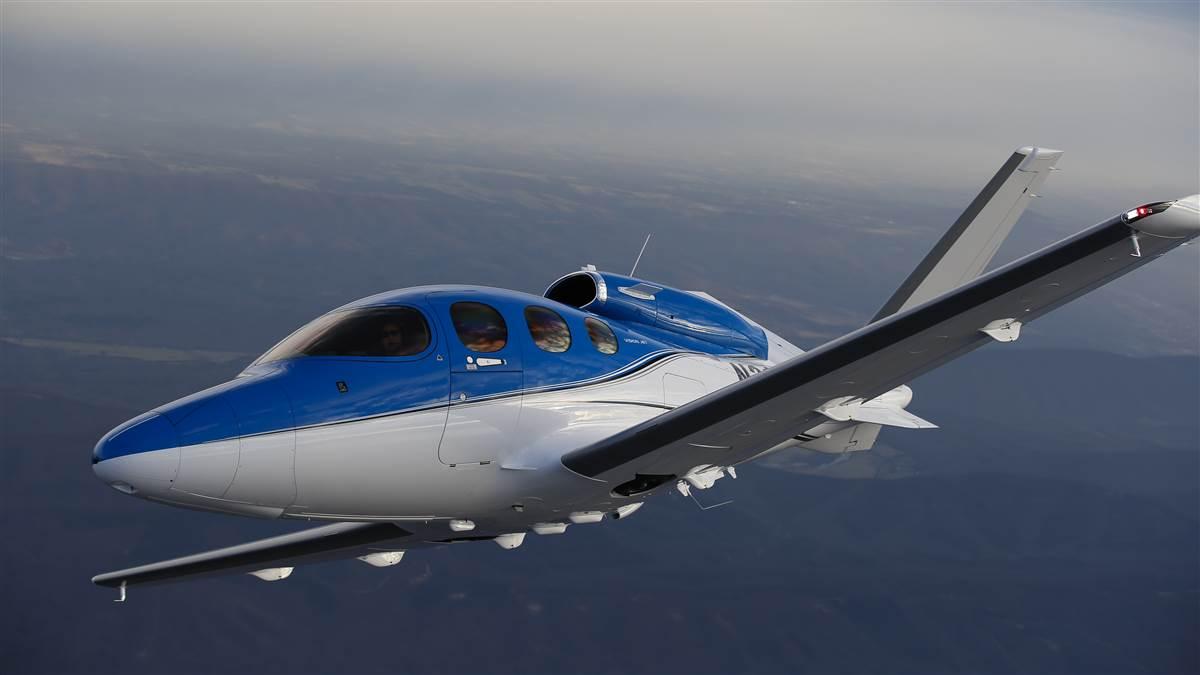Ramp Appeal
Cirrus SF50
After a tumultuous, decade-long gestation period, the Cirrus SF50 Vision jet has succeeded in creating an entirely new category of aircraft.

The single engine “personal jet” was announced in 2006, and the prototype made its first flight in 2008. But the Great Recession, several management shakeups, and the sale of the company to China delayed FAA certification and initial SF50 deliveries until 2016.
Cirrus officials said “The Jet,” as they long referred to the development program, would be the slowest, lowest flying, and least expensive jet on the market—and they projected a $1 million price tag and initial FAA certification in 2010.
Although Cirrus never came close to its original price or schedule targets, the SF50 has been a strong seller with more than 600 orders to date.
The seven-seat, carbon fiber, retractable-gear airplane has a top speed of 300 knots at its maximum altitude of 31,000 feet. It’s the only jet equipped with an airframe parachute, and it was one of the first to adopt Garmin’s emergency Autoland technology that enables the airplane to automatically land itself at the nearest suitable airport at the touch of a single button.
The SF50 was designed “from the inside out,” with a wide interior, a wrap-around view, and exceptional ergonomics.
It’s made to mimic the Cirrus SR22 flight characteristics with similar approach speeds. But the SF50’s high thrust line gives it some unusual traits such as a nose-down pitching moment at low airspeed and high power.
About 170 SFs had been delivered in the fourth quarter of 2019 at a retail price of about $2.5 million each. Cirrus has steadily ramped up production at its factory in Duluth, Minnesota, and SF deliveries exceeded 200 in July 2020.
The SF50 is powered by a Williams FJ33 turbofan engine that is mounted on top of the fuselage and produces up to 1,900 pounds of thrust. It has a Garmin G-3000 avionics suite, and the most recent version includes a computerized “autothrottle” required for the Autoland system.



